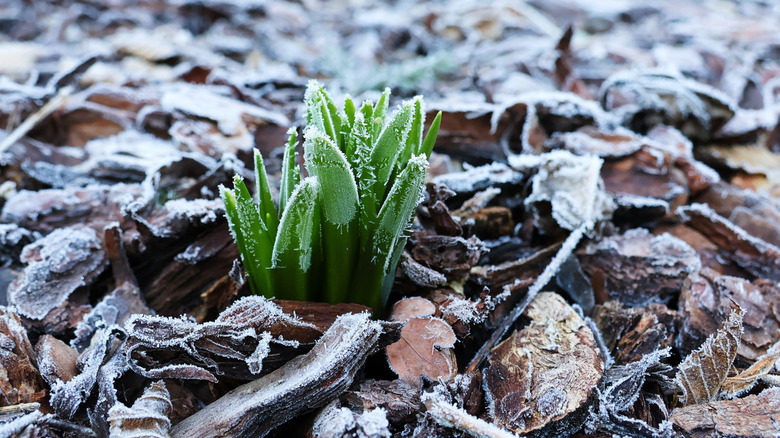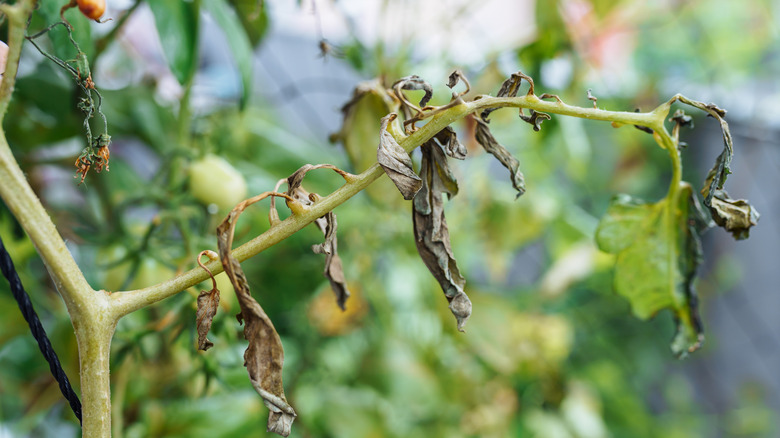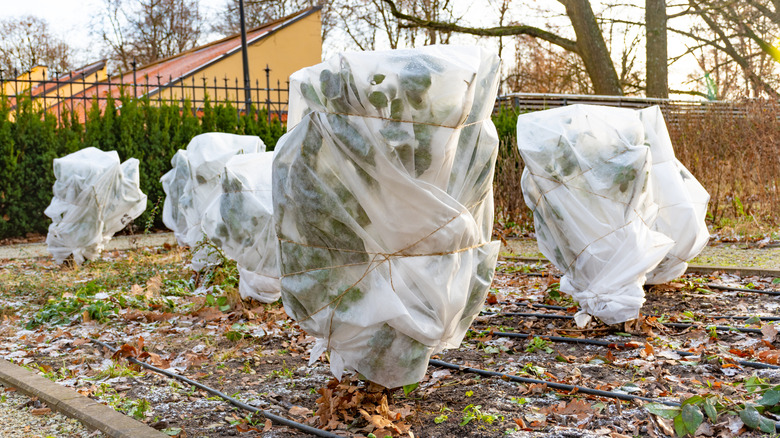What An Early Freeze Means For Fall Plants & Crops
When the first brutal chill arrives weeks ahead of schedule, it can upend the rhythm of fall gardens. An early freeze shortens the season, halts growth overnight, damages late harvests, and impacts how certain plants head into winter. If you have been counting on a few more weeks of mild weather, that sudden temperature drop can be the difference between a strong finish and an abrupt shutdown.
Unlike a routine cool spell or an early frost, an early freeze catches plants before they've hardened off for winter. Plants can usually recover from the impact of an early frost, but an early freeze can cause them irreversible damage. Tender crops and young perennials are especially at risk, while even established beds can see setbacks in flowering and seed development. Knowing this shift in timing, rather than just the cold itself, can help you understand why the first unexpected freeze matters so much for both gardens and field crops, how it impacts your plants, and how you can care for plants over winter to protect them from the damage.
How an early freeze affects plants
When the first freeze hits earlier than expected, it can be a rude wake-up call for your garden. The temperature is low enough to freeze the water inside a plant's cells, and once that happens, the cells expand and rupture. After that, the leaves wilt, stems collapse, and in many cases, the plant can't bounce back, especially if it's a species that isn't built to handle freezing temperatures.
Interestingly, not all plants see an early freeze as bad news. A light frost, that's when temperatures dip just below 32 degrees Fahrenheit and a thin layer of ice crystals forms, can actually sweeten the flavor of some cool-weather greens like spinach, collards, and kale. But a hard freeze is another story. Once the thermometer plunges below 25 degrees Fahrenheit for several hours, even tough greens will struggle, and more delicate crops, like peppers or late-planted lettuces, are usually done for the season.
Tropical plants also require special consideration. Ideally, you want to make plans to protect them once the temperatures are predicted to drop below 50 degrees Fahrenheit. Otherwise, the impact may leave them droopy and brown at best and splitting and peeling at worst.
Steps to protect your fall plants
A surprise freeze doesn't have to spell disaster. With a little quick thinking and the right materials, you can protect your plants from frost. If your plants are in containers, the simplest fix is to move them indoors or onto a sheltered porch. But for those rooted in the ground, cover your plants to protect them from frost. Old sheets, blankets, towels, or even frost fabric will do the trick. The key is to trap the warmth from the soil beneath them. A generous watering and adding additional mulch before a freeze can help the soil retain its warmth. That stored heat can keep the leaves above from icing over overnight.
For best results, keep the cover from touching the foliage. Stakes, patio chairs, PVC hoops, or whatever you have on hand can help prop up the fabric so it forms a little tent over the plants. This keeps the protective layer from freezing directly onto leaves and causing more damage. Once temps fall below about 28 degrees Fahrenheit, though, most covers will only buy you so much time. For a long-term solution, consider using cold frames, floating row covers, or mini grow tunnels. These work a bit like tiny greenhouses, capturing heat from the ground during the day and shielding vegetables from frost at night. But vent them during the day when the sun's out, then button them back up before evening temperatures drop.
Cool-season crops, like lettuce, which is more tender than kale or collards, especially benefit from an extra layer of warmth. Even warm-season holdouts such as late tomatoes or peppers can often be saved with a row cover or blanket.


